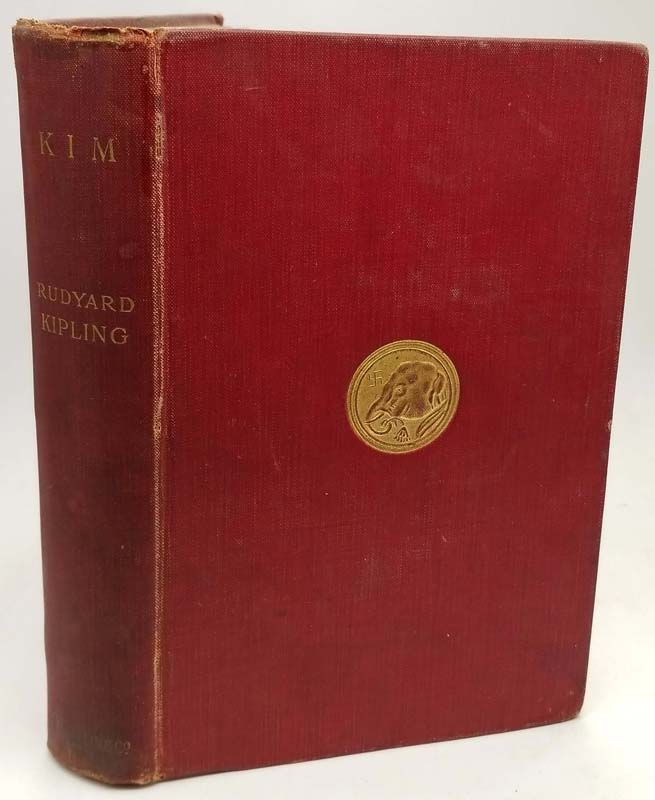

The man who spoke of subjected populations as “Half-devil and half-child,” and celebrated the bloody project of colonialism as a way to uplift the natives of India, the Philippines, and Africa to (British) civilization.īut then there’s Kim (1901), the story of a young British orphan raised as an Indian native. On the one hand, you have the arch-colonialist, the author of the poem “The White Man’s Burden,” and an all-around fan of Empire and the progress it supposedly represented. He is regarded as a major innovator in the art of the short story his childrens books are classics of childrens literature and one critic described his work as exhibiting a versatile and luminous narrative gift.Rudyard Kipling is a complicated figure. He wrote tales and poems of British soldiers in India and stories for children. Rudyard Kipling (1865-1936) was an English short-story writer, poet, and novelist.

The book presents a vivid picture of India, its teeming populations, religions, and superstitions, and the life of the bazaars and the road. The novel is notable for its detailed portrait of the people, culture, and varied religions of India. It is set after the Second Afghan War which ended in 1881, but before the Third, probably in the period 1893 to 1898. The story unfolds against the backdrop of The Great Game, the political conflict between Russia and Britain in Central Asia. Kim is so immersed in the local culture, few realise he is a white child, though he carries a packet of documents from his father entrusted to him by an Indian woman who cared for him. He occasionally works for Mahbub Ali, a Pashtun horse trader who is one of the native operatives of the British secret service.

Living a vagabond existence in India under British rule in the late 19th century, Kim earns his living by begging and running small errands on the streets of Lahore. Book Synopsis Kim (Kimball OHara) is the orphaned son of an Irish soldier and a poor Irish mother who have both died in poverty.


 0 kommentar(er)
0 kommentar(er)
